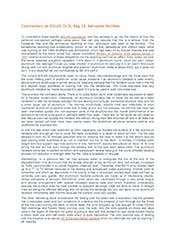Helideck Fire Fighting
We provide full helideck fire fighting and safety equipment in accordance with Civil Aviation and related Codes including foam monitors, complementary media and rescue equipment.
We strongly recommend that the primary fire fighting system for a helideck should be a DIFF system (Deck Integrated Fire Fighting System). A DIFFS unit consists of a skid which processes firewater inflow to output foam or water and which is piped tomultiple nozzles which are installed flush with the helideck surface. In case of fire, these nozzles automatically telescope and spray water or foam evenly onto the deck.
We have pioneered and developed a next generation, automatically operated DIFFS unit which is approved and tested in accordance with latest civil aviation codes. This system differs from existing ones in that it is sensor activated for automatic operation, is fully fire tested in accordance with 2008/2009 standards and is available in water spray and foam spray options. This new system is described below:
Deck Integrated Fire Fighting System (DIFFS)
The DIFFS system is designed to provide a safer and more efficient alternative to the current Fixed Monitor Systems (FMS) installed on helidecks.
UK Civil Aviation Authority CAP437 7th edition, 2013, Ch 5, makes some important changes to the chapter on fire fighting:
- Para 2.10 considers a Deck Integrated Fire Fighting System (“DIFFS”) to be “a more efficient alternative” to to a Fixed Monitor System (“FMS”).
- Para 2.10 Note says that “… where a DIFFS is.used in tandem with a passive fire-retarding system…” it is permitted to select a seawater-only DIFFS to deal with an residual fire burn”. Installations fitted with an XE Enhanced Safety helideck can now use a water spray DIFFS instead of foam. This allows cost,, maintenance,and management savings and is also a greener solution.
- Para 2.11 lays out the specifications for the DIFFS unit and asks for the DIFF system to be tested in actual fire tests to “demonstrate compliance with the performance specification to the satisfaction of the HCA ir itger appropriate authority”
- Para 2.11 also asks for this compliance testing to include testing for blocked nozzles caused by a helicopter accident.
- Para 5 confirms that unmanned installations would be best served by a passive fire retarding helideck as it “represents the best available fire-suppressing mechanism…”
DIFFS offers substantial advantages over the traditional foam monitor units:
- Safer: rescue crew can work concurrently with spray activation instead of being stuck behind monitors
- Frees up rescue and fire fighting crew to help with helicopter evacuation
- Automatic: less chance of human error in traumatic situations
- Nozzles spray uniformly: fire out in < 15 seconds
- Fire fighting platforms can be eliminated or reduced
- More efficient fire suppression and not affected by wind
- Multiple nozzles less affected by blockages caused by debris
System Overview
The system overview below relates to a foam DIFFS unit; a water DIFFS unit is essentially similar but somewhat simpler in configuration/hardware.
 The foam DIFFS system consists of an electric operated deluge valve, pop up spray nozzles, remote manual stations, UV/IR flame detectors, deluge valve release panel, foam storage tank containing foam concentrate 1% or 3% AFFF and a turbine foam proportioner.
The foam DIFFS system consists of an electric operated deluge valve, pop up spray nozzles, remote manual stations, UV/IR flame detectors, deluge valve release panel, foam storage tank containing foam concentrate 1% or 3% AFFF and a turbine foam proportioner.
The corrosion resistant spray nozzles are spaced evenly across the helideck and sit flush with its surface to provide an optimal and even coverage of the helideck surface. The nozzles do not present any trip hazard as they protrude only a few mm above deck.
The unit is capable of being activated either manually (by way of the remote manual stations) or automatically (by way of UV/IR flame detectors). All units have multiple activation methods with the most common being automatic activation with remote, manual override buttons.
Upon detection of a fire via the UV/IR flame detectors, or on manual activation, a foam-water mixture will be released through the deluge valve-foam inductor unit, through the firewater piping network and to the pop-up spray nozzles. The foam is inducted through a turbine foam proportioner which eliminates the need for a separate foam pump and also gives a much more stable and correctly proportioned foam supply throughout the discharge period. 3% AFFF is usual but 1% solution can also be used.
The entire system has been tested and approved in accordance with UKCAA CAP437 7th edition, 2013. Live fire tests were also carried out in accordance with CAA standards and witnessed by Class and the system is fully approved for us on any helidecks following UKCAA or ICAO standards.




















